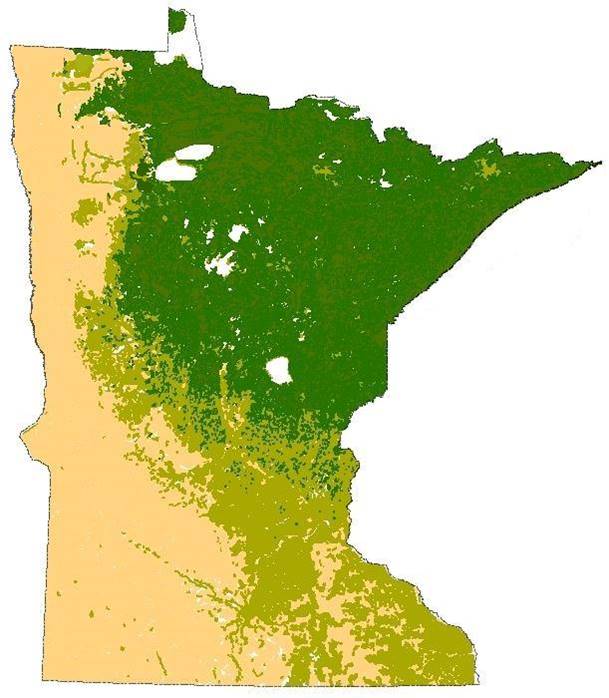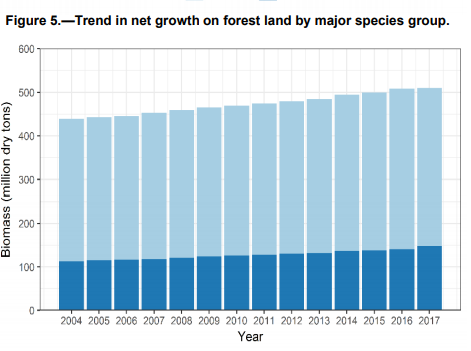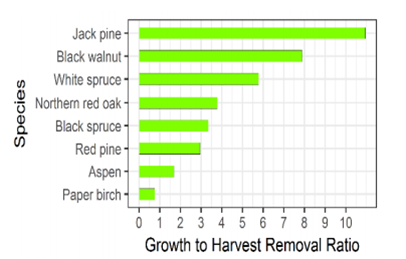Capitalism is Saving the Planet Part Six: Minnesota Forests Are Flourishing
Did you know that Minnesota’s forests are flourishing? According to research from the U.S. Forest Service, forests account for 17.7 million acres of land in Minnesota out of a total of 54 million acres, meaning forest cover about 35 percent of the state. Furthermore, this number is increasing due in no small part to the fact that 51 percent of forested land in Minnesota is owned by the timber industry.

From 2012 to 2017, Minnesota’s forested land area increased by 755,000 acres, which equates to an increase of 1.7 percent. During this time, the number of live trees increased by one billion trees, increasing from 14 billion to 15 billion, which is a 7.1 percent increase in the number of trees in our state.

This is great news for Minnesota’s environment, and our economy because the forestry industry is the fifth-largest sector of Minnesota’s economy, responsible for 62,400 jobs with an estimated $17.1 billion economic impact, according to 2014 numbers from the Department of Natural Resources.
These jobs are supported mostly by aspen forests. According to the Forest Service, the aspen forest type comprises the majority of volume and forest acres in the state. Annually, most of the pulpwood harvested in the Lake States comes from aspen forest type. The graph below shows that aspen is being grown faster than it is harvested, which helps result in a net increase in the amount of forest land available in Minnesota.

The days of clear cutting the forests are long gone, and new technologies are allowing forests and people to thrive. According to the Forest History Center, by the 1990s, new machines began to make their appearance in the Minnesota woods. “Cut-to-length” timber harvesters — already common in northern European countries, such as Finland — reduce the number of machines at logging sites and do less damage to the forest floor.
These Cut-to-length systems process whole trees on site, and as a result there are always limbs and other unusable “slash” that serve as a mat on which the heavy equipment moves. This prevents the compacting of soil and reduces the risk of damaging the forest floor with deep ruts. Using these systems, timber stands can be thinned to increase light and air, and improve overall forest health.
Using these technologies is not only good for the timber industry’s bottom line, they are good for the forests themselves. Rather than being an opponent of healthy forests, the capitalist timber industry is more invested in forest health than any other stakeholder, and therefore they have the most incentive to ensure Minnesota forests are healthy and vibrant.